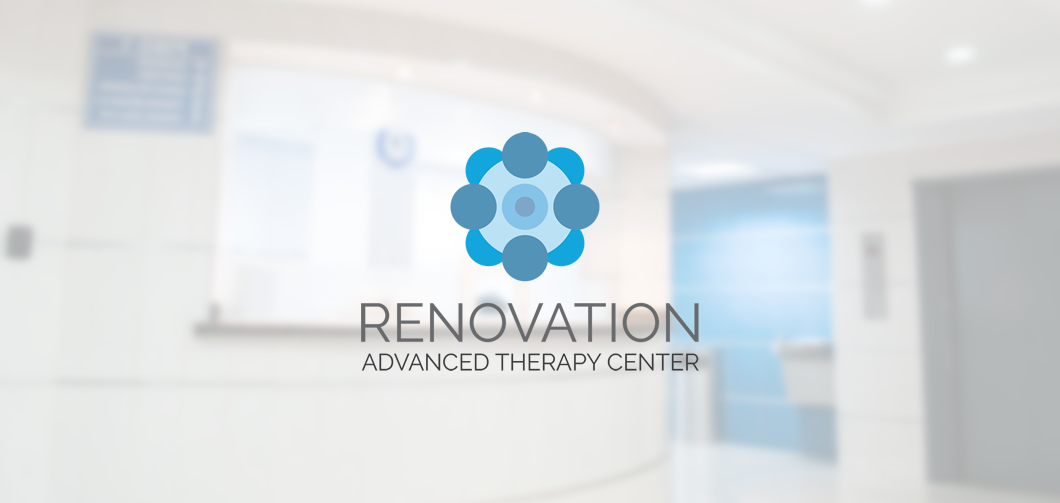Stem Cell Treatment for Retinopathy

About Diabetic Retinopathy
Diabetic Retinopathy is a complication of diabetes mellitus. Over 80 percent of patients who have suffered from diabetes for more than 10 years will begin experiencing systemic side effects of the disease and ocular degeneration is one of the most common manifestations of this.
There are no early warning signs for retinopathy. It occurs because blood vessels form and rupture behind the eye, causing blurred vision or the prevalence of blood spots floating in the patient’s field of vision. Some patients may only be able to tell light from dark without being able to make out any details or identify shapes. Within a few days or weeks, the blood leakage will worsen, causing partial or total visual obstruction in the affected eye. Eventually, diabetic retinopathy can lead to total and permanent blindness in one or both eyes.
In some cases, the blindness may recede once the blood has cleared from behind the eye, but this can take weeks or months if it happens at all. The deterioration of your blood vessels can become permanent and worsen or spread to other areas of the body. Blurred vision, dark spots in vision, and total blindness can all occur as long-term symptoms of diabetic retinopathy.
Symptoms of Diabetic Retinopathy
You might not have symptoms in the early stages of diabetic retinopathy. As the condition progresses, diabetic retinopathy symptoms may include:
- Spots or dark strings floating in your vision (floaters)
- Blurred vision
- Fluctuating vision
- Impaired color vision
- Dark or empty areas in your vision
- Vision loss
- Diabetic retinopathy usually affects both eyes.
Why Diabetic Retinopathy Occurs
Under normal conditions, glucose is removed by insulin from the bloodstream. In people with diabetes mellitus, this process does not occur due to insulin resistance or poor insulin production. This causes glucose to build up in the bloodstream, which over time can cause damage to the blood vessels. These weakened blood vessels are in danger of rupturing. This can affect many parts of the body, but the eyes are particularly vulnerable because the blood vessels in the ocular cavity are very small and delicate.
Treatments for Diabetic Retinopathy
Traditionally, there have been three primary treatments for retinopathy: laser surgery, vitrectomy, and injections of triamcinolone into the eye. These solutions can work well, but there are dangers and drawbacks associated with each:
- Laser surgery can result in damage or loss of healthy tissue. In some cases, a loss of peripheral vision can occur even when other vision is saved. Repeated treatments may also be necessary as blood vessels continue to sustain damage.
- Triamcinolone injections are a safer option, but repeated treatments are required to maintain the effects. Additionally, the treatments put the patient at greater risk of other eye problems, such as cataracts and glaucoma.
- A vitrectomy consists of removing the blood from the ocular cavity and flushing the area with a saline solution. Afterward, the patient is at a somewhat increased risk of infection, and treatments will need to be repeated.
Each of these treatments can provide some relief from the symptoms of retinopathy and delay sight loss, but none could actually cure the condition. It’s long been accepted that blindness is the inevitable progression of this disease, and most treatments have been focused on prevention instead.
Recently, however, new research has made a different treatment option available. Stem cells can be used to help grow new blood vessels behind the eye and reverse the damage experienced by diabetes. This works because stem cells will take the form of whatever cells they’re closest to. By carefully transplanting them into the existing healthy tissues, a surgeon can encourage the growth of new healthy blood vessels.
How the Stem Cell Treatment Works
Stem cells are activated through a proprietary process. Once the stem cells are prepared and activated, they will be injected back into your body through a non-invasive IV procedure to infuse the new cells into the ocular cavity. Because stem cells have strong regenerative powers, they will begin to form new blood vessels. They will also help to rebuild damaged nerves and other tissue. The results will not be instantaneous, but once the cells have had a chance to take hold and form fresh tissue, improvements will be made.
Long-Term Effects of Treatment
The purpose of this treatment is to undo the long-term damage sustained by the ocular nerves and blood vessels as a result of diabetes. Once new blood vessels and neural pathways are in place, the symptoms of retinopathy should subside. If this treatment is completed in conjunction with other treatments to manage your diabetes, future relapses can be largely avoided.
Some patients report that they experience other improvements as a result of the presence of stem cells in the body. As these cells work on regenerating other tissues, the patient may experience boosted energy and even minor hearing improvements.
